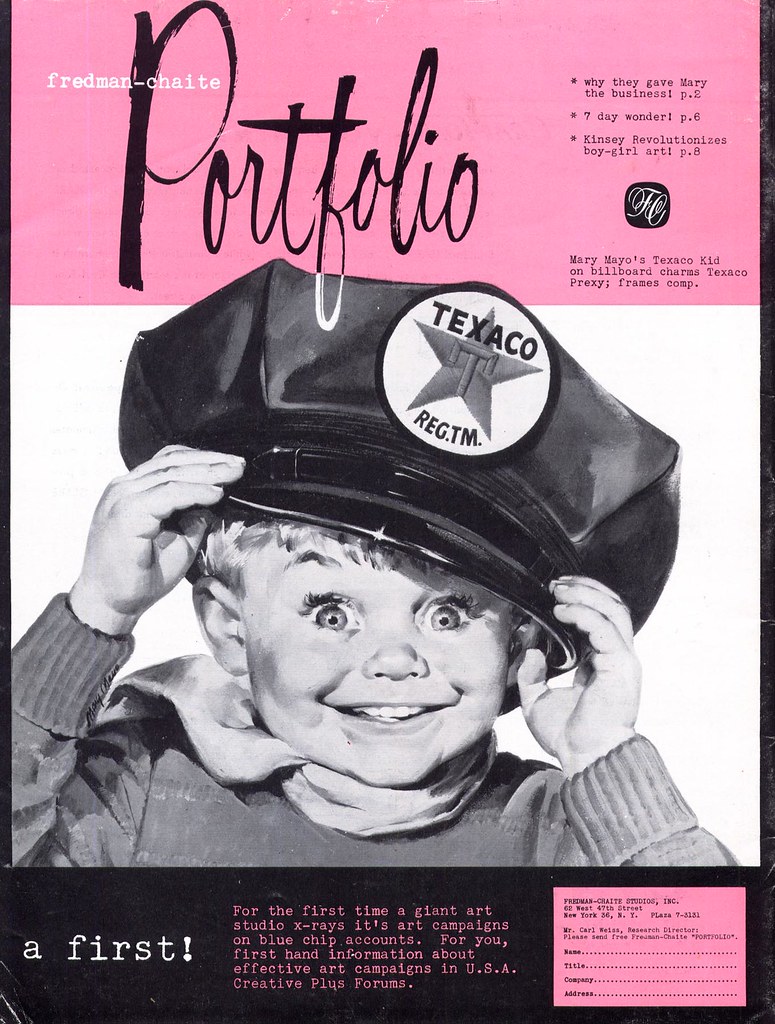
... Cooper's main rival in the commercial art studio business of those days.
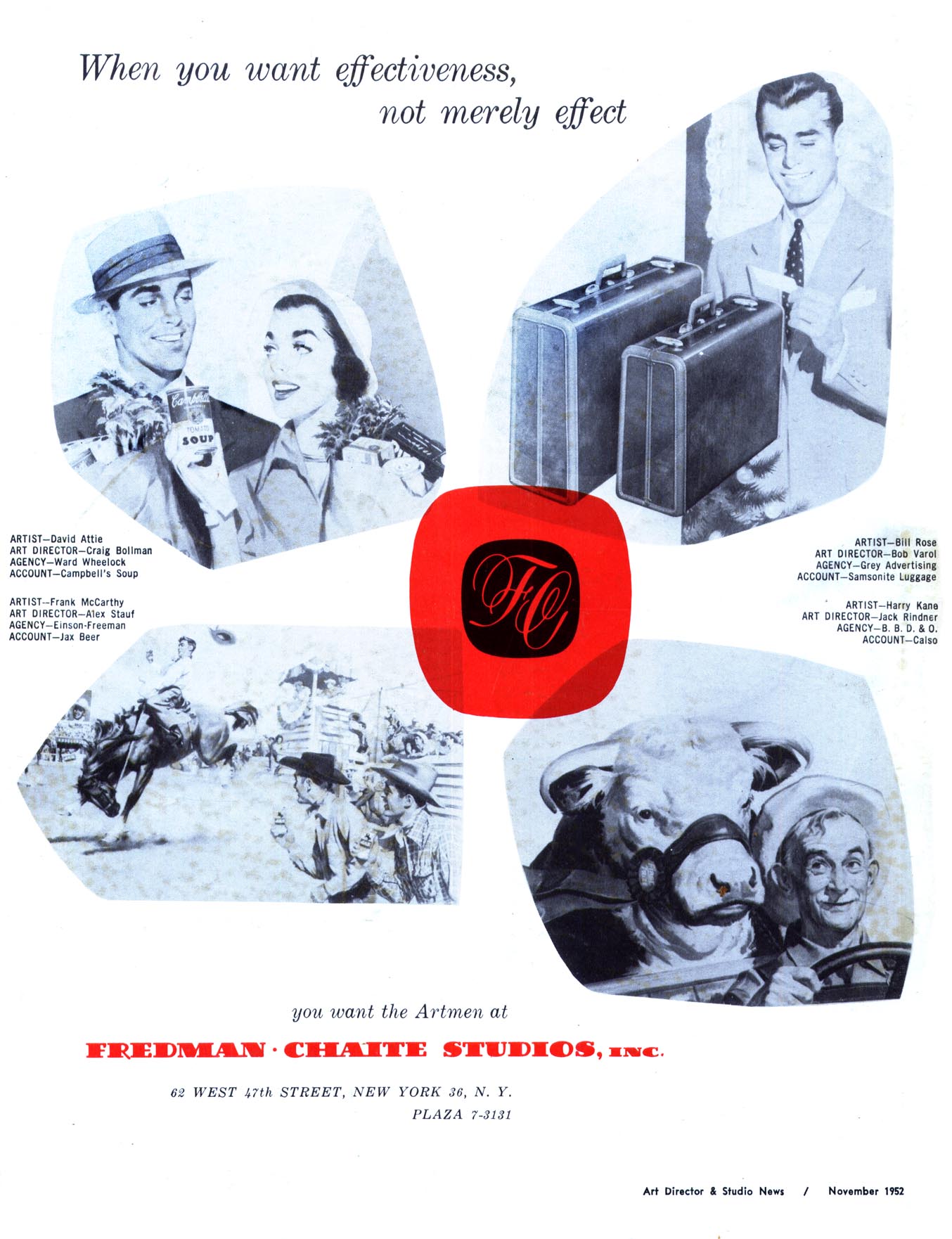
Thanks to Murray Tinkelman's ongoing oral history of the illustration business and Neil Shapiro's articles in Illustration magazine, the details of 'who, what and when' at Cooper's is quite well known.
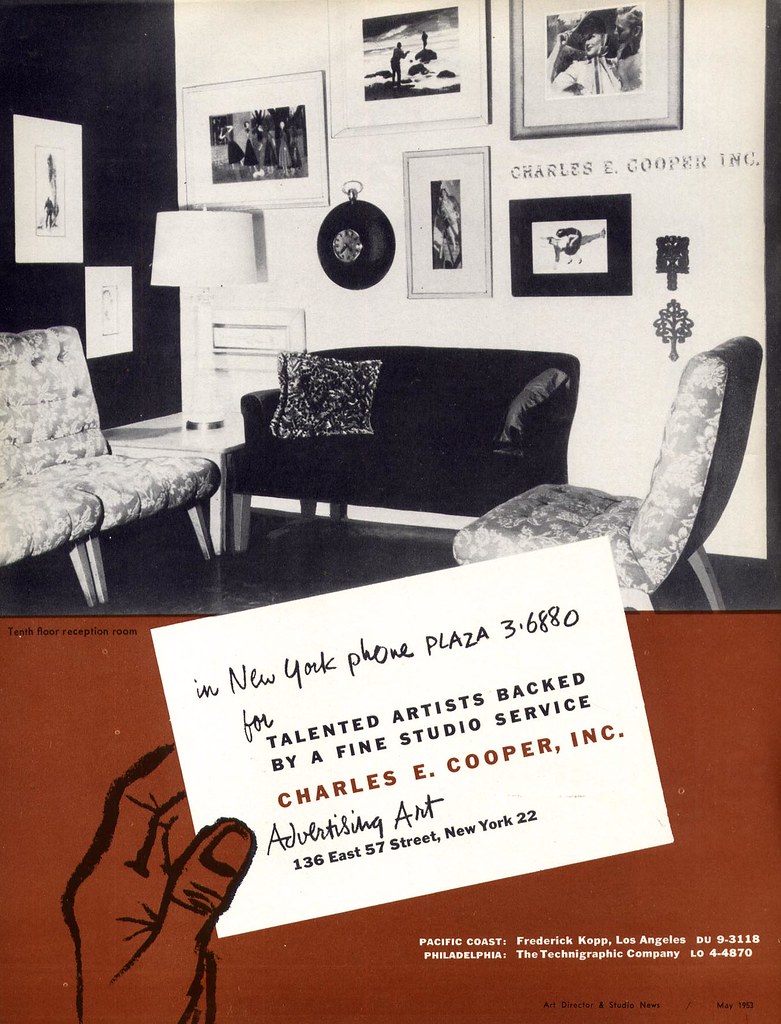
Unfortunately, there's far less information out there about Fredman/Chaite.
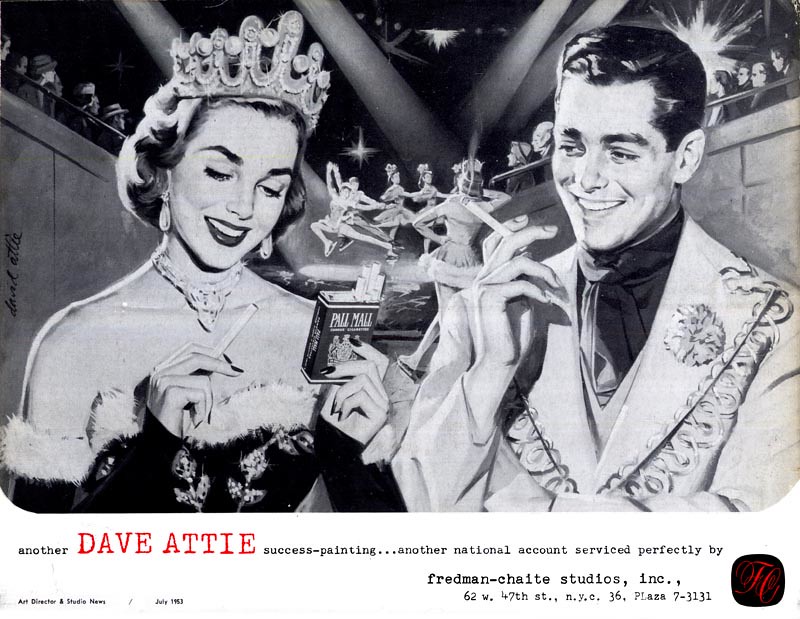
When I interviewed Mitchell Hooks in 2008, he described his personal experience as an illustrator working at F/C. Mitchell had worked for Al Chaite early in his career, when Chaite was the studio manager at an outfit called Trager/Phillips. He told me Al Chaite was a sort of 'journeyman studio manager' - but he did not mention Chaite was also an accomplished illustrator. Yet here is a fabulous double page spread Chaite is credited with illustrating, from Collier's, in 1954.
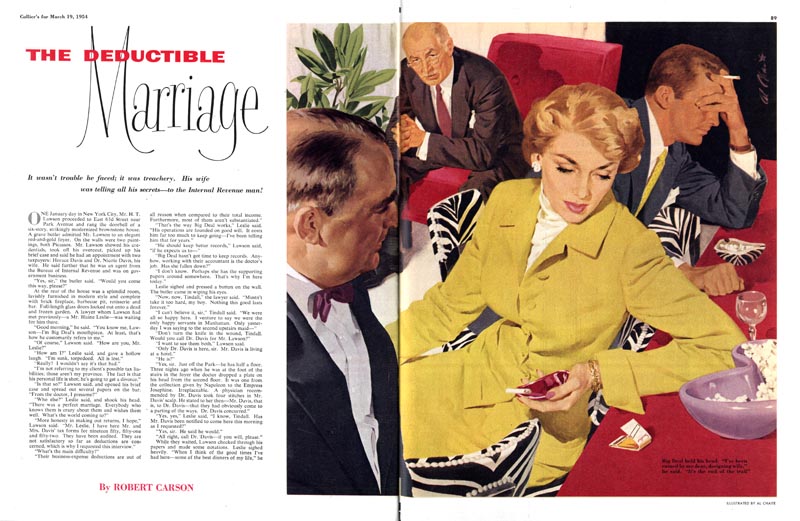
By '54 Al Chaite had left Trager/Phillips far behind. He had found a partner in Harry Fredman and opened a studio at 62 West 47th Street in New York. From Mitchell's description, it sounds like it was quite a remarkable place. It occupied a six-story townhouse and was "a great big bustling building full of illustrators, most sharing offices in groups of two or three."

"There were always more arriving during the day, and the place was open until 10 or 11 o'clock, so you'd see all sorts of freelancers there all the time working late into the night."
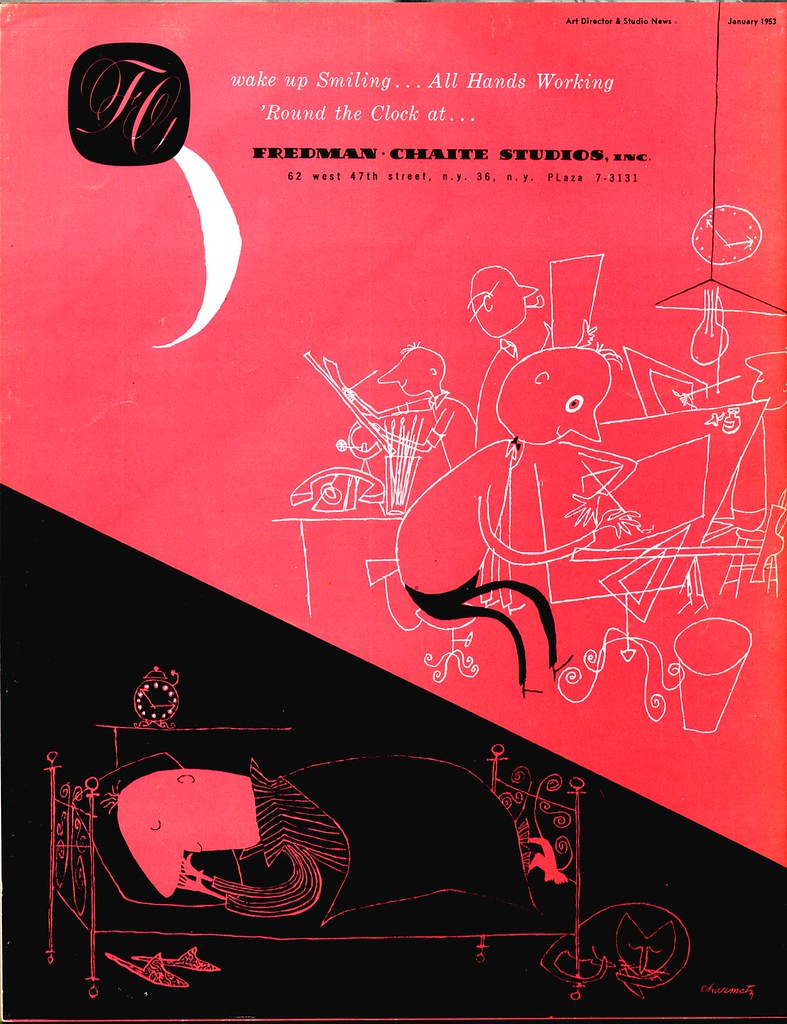
Who took up residence at Fredman/Chaite? For starters, how about Bob Peak, Frank McCarthy, Robert McGinnis and John Buscema?
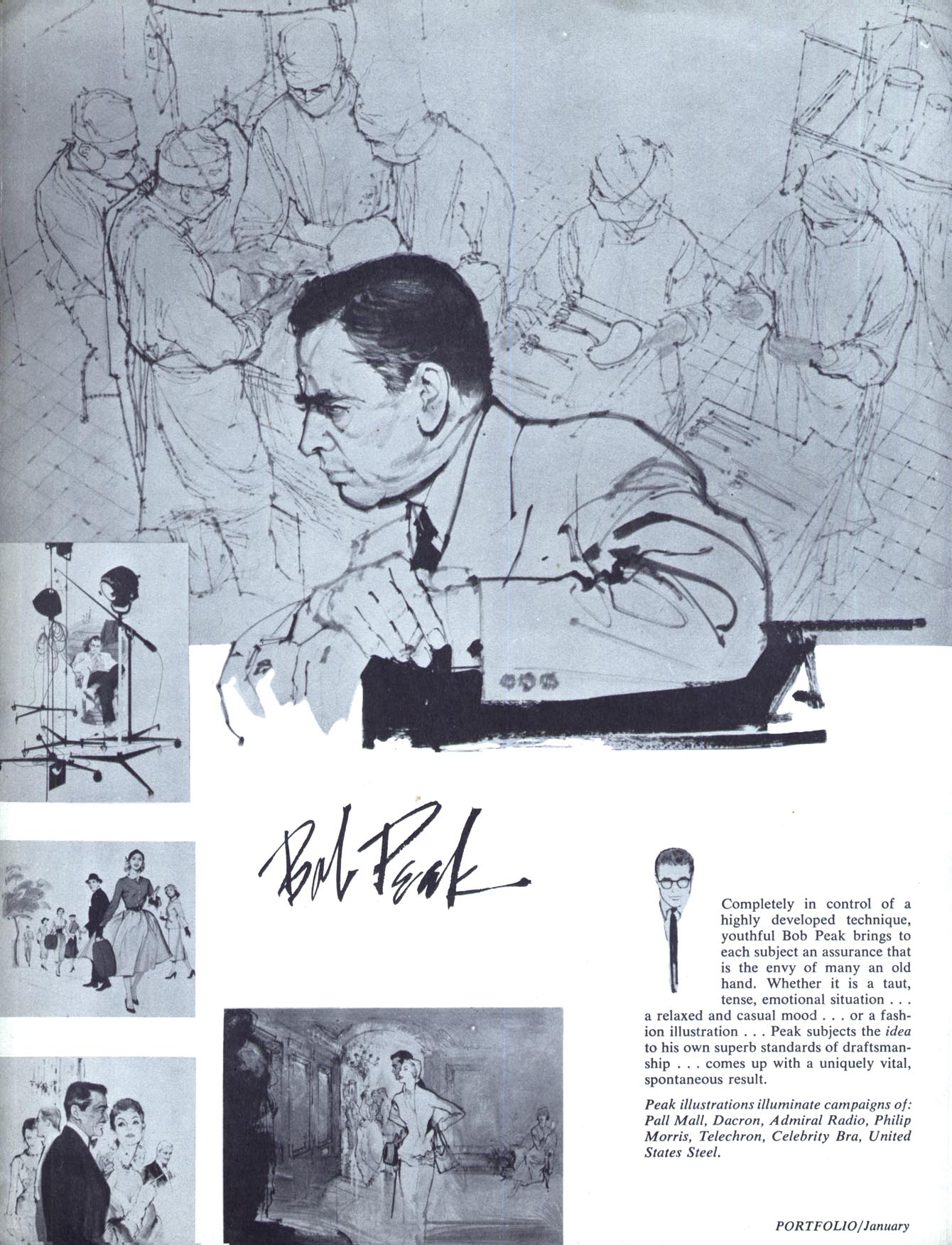
And what about Harry Fredman, the other half of Fredman/Chaite? Virtually nothing is known about him, aside from the brief description Mitchell gave me:
Harry Fredman was "a tremendously talented (and wildly successful) illustrator who had the uncommon touch of imitating the style of the time."
Here are some examples of what Mitch was talking about.

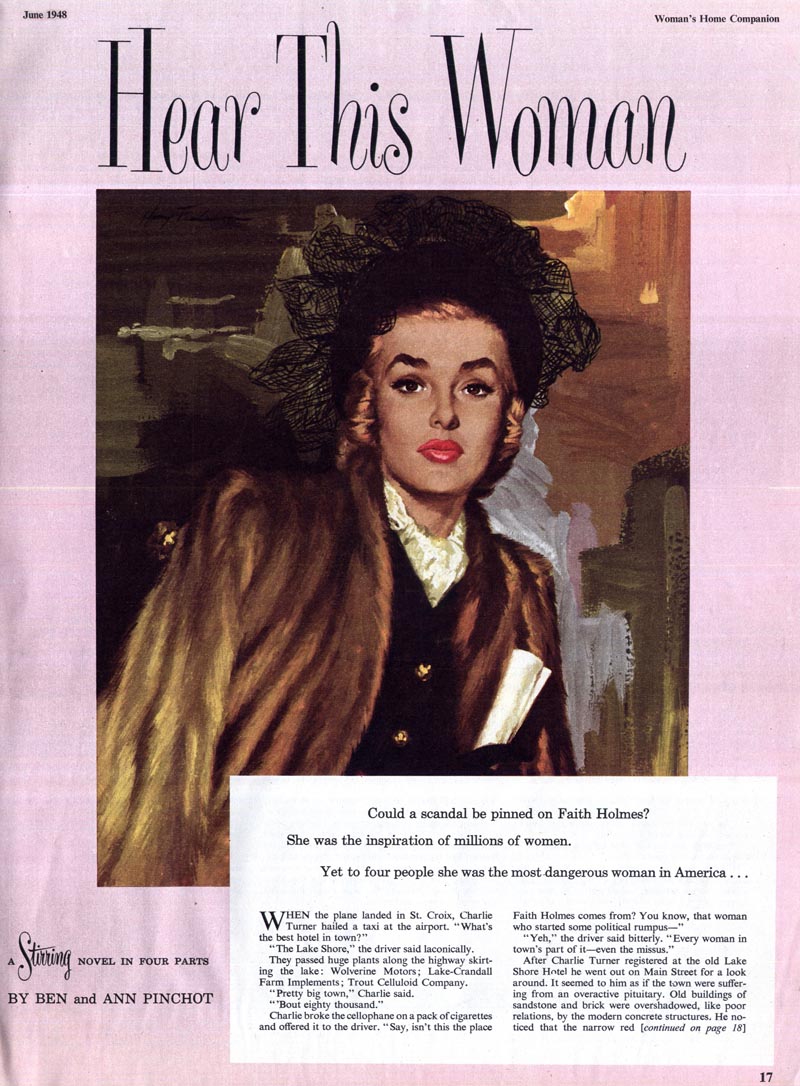


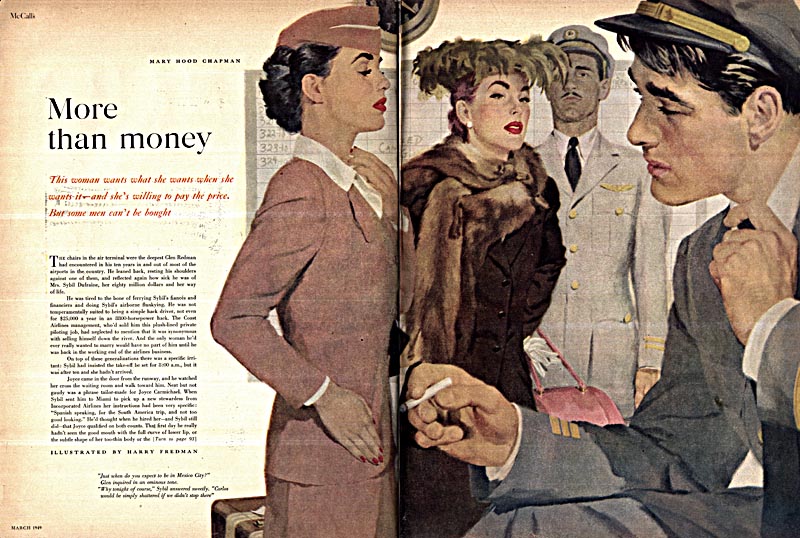
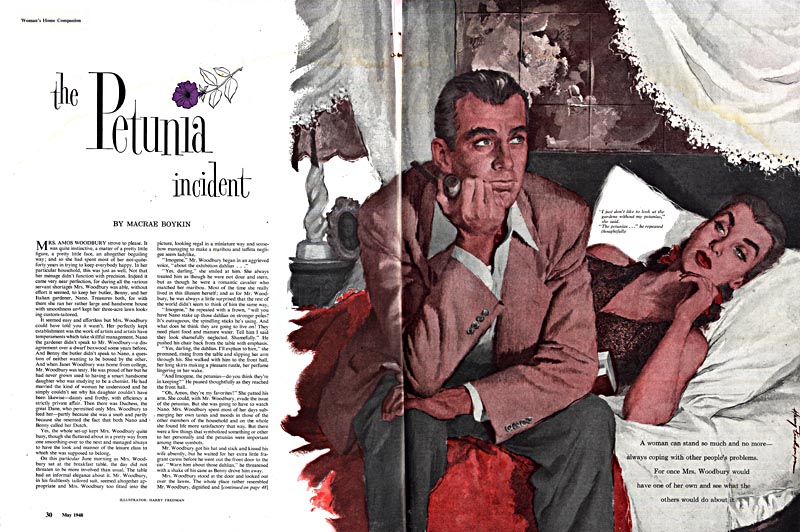
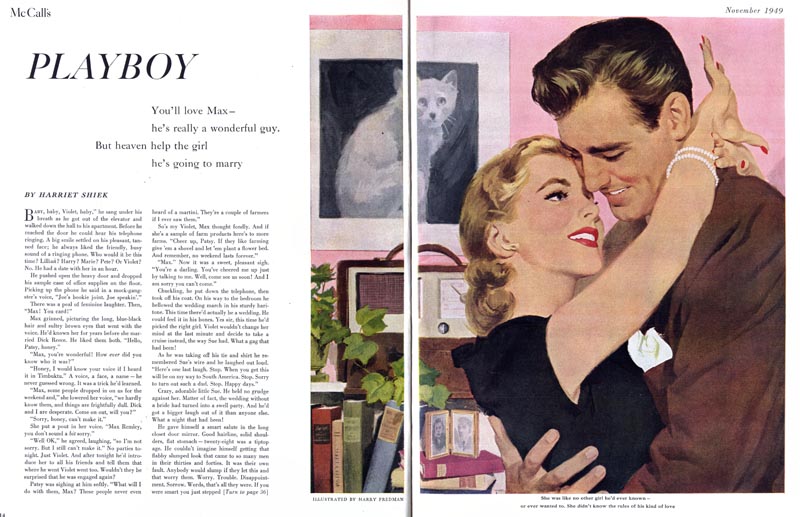

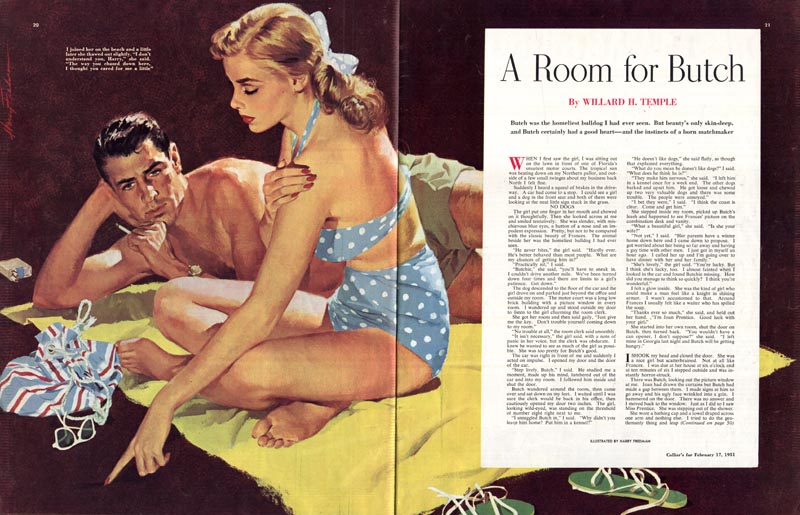

By the early '50s Harry Fredman's work seems to disappear from all the magazines for which he worked. The Al Chaite piece near the top of this post is the only one I've ever found. It's likely that both men were kept too busy managing a major New York advertising art studio to invest their time in actually creating any illustrations of their own.
What became of either of them or their studio remains a mystery.
What a great selection of work. Once again; well done Leif Peng!
ReplyDelete"Al Chaite was a sort of
ReplyDelete"Journey new studio manager""
Nice quotation Leif, I like your quotations by the way & nice journey here on TI all the way;
let's keep on commenting all of us:-)
Beautiful stuff here! I know that deadlines were always an issue, but these guys really pushed the "How can I say something amazing in as few strokes as possible" approach to new heights!
ReplyDeleteLove the page designs. Thank you so much for uploading all these and for the corresponding info. One of my favorite blogs : )
ReplyDeleteLet me fill you in on Harry Fredman. After his studio days he went to Kansas City where he concentrated on portraiture. More importantly he started a small studio school in various commercial spaces in mid-town KC where one would learn the "Harry Fredman approach to drawing and portraiture."
ReplyDeleteI first heard about him as a young illustrator from Mark English [also a KC resident] as a teacher with rigorous drawing chops and was fortunate enough to take his classes now and then from the early eighties to about 1990. His method involved meticulous measuring and we started with the individual features of the face before going on to a full portrait in black white and grey. Only after we had that down would we move on to color. Very controlled approach but it really ironed out some weaker aspects of my drawing and freed up my illustration work. A real personality as well. At the large dinner of former students to honor his passing
everyone had a chance to stand up and tell one story about their time with Harry.
Back in the early '80s, Harry rented the office space at Metcalf 101 next to my design studio, Apple Design. My wife and I were immediately captivated by his charm and impressed with his tremendous talent. We both enrolled in one of his portraiture classes and got to know him as a teacher as well as a friend.
ReplyDelete